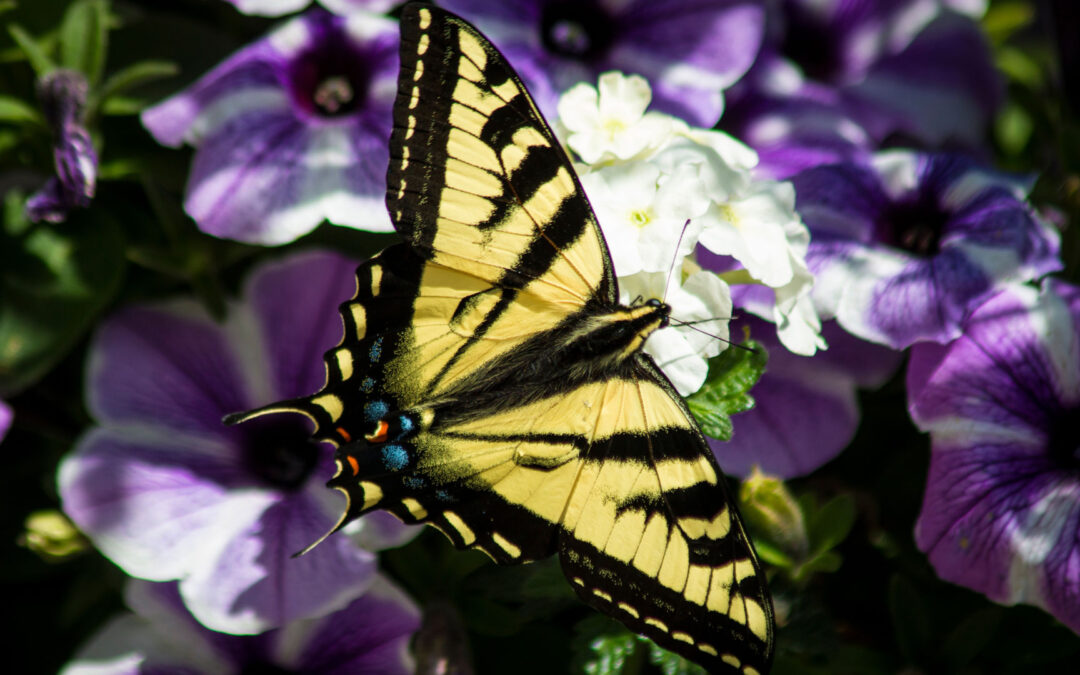Because we’re a pest control company, we spend a lot of time talking about getting rid of insects and other animals. It makes sense, given that it’s your home, not theirs.
But there are some insects that you want to have around. And butterflies are at the top of the list of good insects. Not only are they fun and beautiful to watch, but they’re also quite helpful to the ecosystem. Like bees, birds, and bats, butterflies are natural pollinators, meaning they help plants reproduce.
However, over the years, their habitat has been dramatically diminished and destroyed thanks to construction and development. When a butterfly’s habitat is changed, it reduces the butterflies’ ability to find food, water, and shelter, limiting their ability to reproduce and pollinate crops, flowers, and other plants.
That’s the main reason why it’s a great idea to build a butterfly garden in your backyard. It’s a win-win! Not only will you be inviting these beautiful creatures into your yard, but you’ll also be helping to sustain the environment.
Steps for Building a Butterfly Garden
1. Pick Your Plants
First, it’s important to understand there are two types of plants you need. The first is called a nectar plant, which adult butterflies will use as feed. The second is called a host plant, where butterflies lay eggs and caterpillars can grow and feed (ideally without damaging other plants in your yard).
You want to find plants that are native to the region, as that’s what regional butterflies like. There are over 30 butterfly species in Maryland, and you’re pretty safe with staples such as zinnia, asters, milkweed, and lantana for nectar plants and dill or wild fennel for host plants (as long as you don’t mind them getting eaten). Check out this website for a more thorough list of nectar and host plants.
Generally speaking, look for plants with bright colors and a strong fragrance.
2. Find a Sunny Spot
A little-known fact about butterflies is that they’re cold-blooded, so they like to warm up in sunny spots. Try to find a part of your yard that gets at least six hours of sunlight. You’ll also want to find an area that’s sheltered from the wind, as butterflies prefer to flit around in calm air currents.
3. Plant in Groups
You’ll want to plant your plants in large groups, which will both help them spot the garden but also provide shelter. Ideally, you will find plants that flower around the same time of year, which will optimize the environment for your colorful guests. If you don’t have a lot of space, consider using pots instead of planting them directly in the ground.
4. Leave Out Some Treats
To help attract butterflies, it’s a good idea to leave them some treats. Like many insects, butterflies like sweet things, and fruit scraps are great for this. You may also wish to install a nectar feeder, particularly if you want to attract butterflies when your plants aren’t flowering.
As you can see, building a butterfly garden is pretty easy! Of course, if you’ve got a more serious pest infestation, call us to help you get rid of it.

